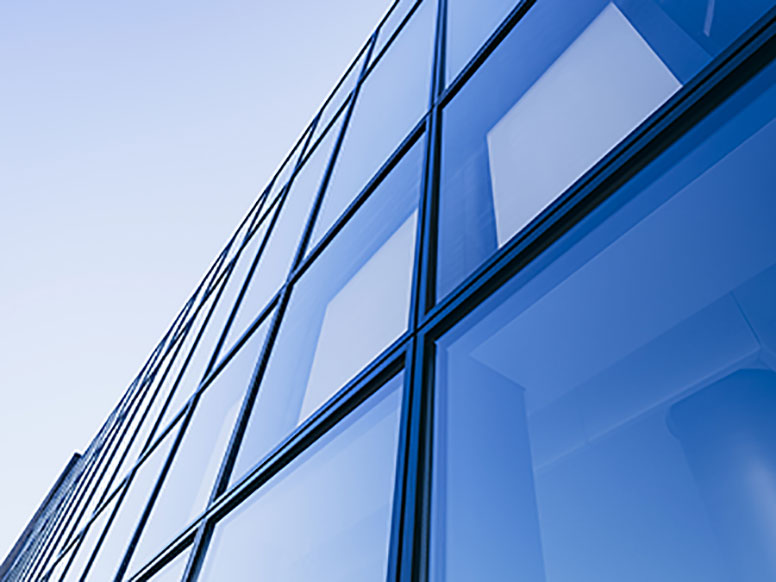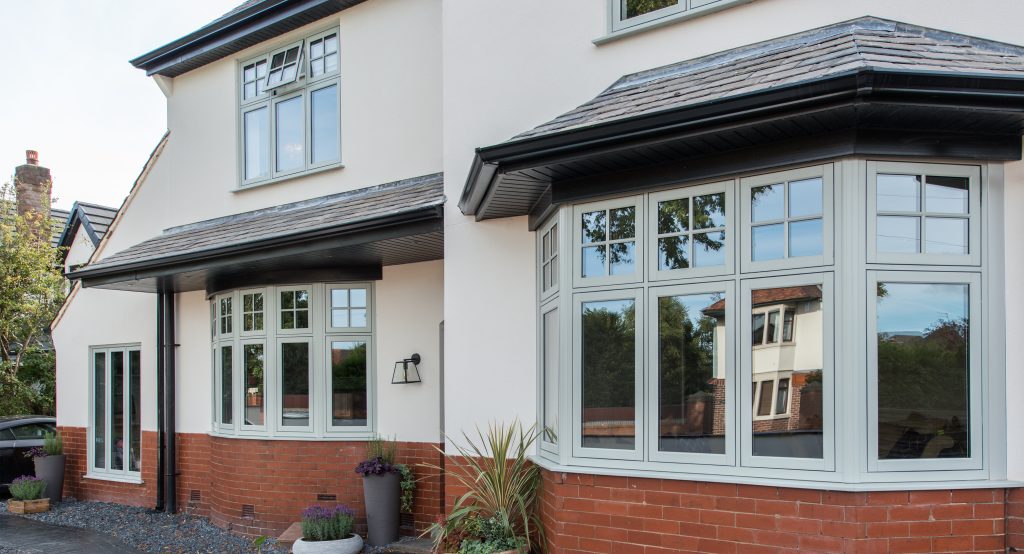All Categories
Featured
Table of Contents
Double Glazed Windows Melbourne - Upvc - German ... in Daglish Western Australia
Laminated glass is typically used in areas in the home most prone to injury from human effect such as bathrooms, doors, around staircases and in areas near to the floor (it meets the requirements of 'shatterproof glass' that is mandated for use in these areas by Australian Basic AS 1288 Glass in structures).
Toughened glass has been 'tempered' by being reheated and rapidly cooled once again. This procedure makes it much stronger than basic glass it can withstand higher impact loads before breaking. It likewise makes it safer due to the fact that, when it does shatter, it breaks into numerous little cubic pieces rather than dangerous shards.
How Are Double Glazed Windows More Energy Efficient? in North Beach Perth
Toughened glass has no thermal or acoustic advantages over other glass of the very same toning or thickness. Secondary glazing is where single-glazed windows are retrofitted with a transparent acrylic or glass sheet connected to the inside of the frame or openable sash with a secondary frame or with magnetic strips.


Secondary glazing will not perform as well thermally as a produced IGU, given that it is impossible to absolutely seal the border, however it can supply good sound control. Window films are a thin polymer film including a taking in color or reflective metal layer, with an adhesive backing. They stick to your glazing to change its colour or make it reflective.
Double Glazing Vs Triple Glazing For Windows (2023) in Glen Forrest Perth
Applied to existing glass, some window films can cut in half the total SHGC of the window by absorbing and/or reflecting solar radiation. This can be especially useful in hotter environments where cooling is the primary concern, or on east and west elevations directly exposed to long durations of sunshine. Nevertheless, window movies may likewise minimize visible light transmittance.

For this reason, it is typically best to use an accredited installer of window film. Frames have a considerable effect on the thermal efficiency of windows and doors, because energy can be gained and lost through the frame, along with through the glass. Different kinds of frame will allow different levels of heat gain and loss, so cautious option of frame is necessary for effective passive style.
Double Glazing Vs Triple Glazing For Windows (2023) in Morley Western Australia
Nevertheless, aluminium is also an extremely great conductor of heat and will reduce the insulating value of a glazing system, unless particularly engineered to lower this. A 'thermally broken' frame is comprised of 2 aluminium sections connected by a structural insulator (usually a low-conductivity structural polymer). This 'breaks' the thermal connection through the aluminium and decreases the heat streaming through the frame.
Timber frames are a great natural insulator that can fit some house styles. Timber frames should be made from species that have naturally high sturdiness or be treated to prevent decay and deformation.
Energy Efficient Windows: Choose The Best Option For Your ... in Dianella Western Australia
This can result in spaces that allow air infiltration unless good draught sealing (weather condition stripping) is set up. u, PVC is a form of plastic (unplasticised polyvinyl chloride, also referred to as rigid PVC). u, PVC frames offer outstanding thermal efficiency, often better than timber or thermally broken aluminium. u, PVC is long lasting and needs extremely little upkeep, and can be moulded into complex profiles that offer exceptional air seals.
u, PVC doors and windows have exceptional thermal performance Photo: Ben Wrigley (Light House Architecture and Science) Composite frames use aluminium profiles on the outer areas with either a wood or u, PVC inner area. These combine the low upkeep and resilience of aluminium with much improved thermal performance.
Latest Posts
Secondary Glazing: A Buyers Guide in Bibra Lake WA
Double Glazing in Swan View WA
Double Glazed Windows In The Summer in Myaree Western Australia